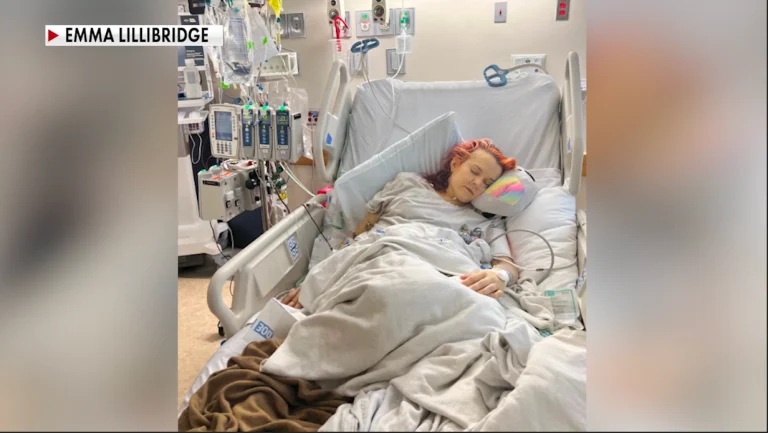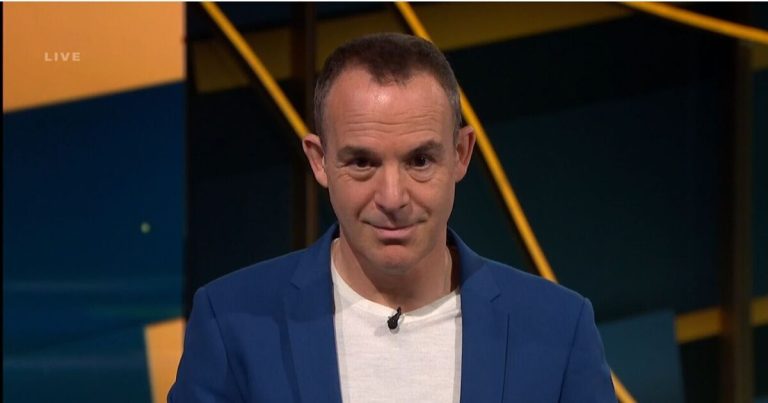
A federal judge on Monday temporarily blocked the National Institutes of Health from implementing steep cuts to how medical research grants are funded, after 22 states sued to stop the change.
The ruling by District Judge Angel Kelley, who was nominated by President Biden in 2021, halts the policy pending further court arguments from states and the Trump administration. A hearing is scheduled for Friday, Feb. 21.
“We will not allow the Trump Administration to unlawfully undermine our economy, hamstring our competitiveness, or play politics with our public health,” had said Massachusetts Attorney General Andrea Joy Campbell in a statement announcing the lawsuit.
The pause is limited to research institutions in the states that joined the lawsuit. Those include California, New York and North Carolina, which together with Massachusetts rank among the top five recipients of NIH grant funding by state.
Hospitals and universities criticized the move, first announced Friday by the Trump administration, which the National Institutes of Health said would save the federal government more than $4 billion a year.
As outlined in an NIH memo, it would cap the amount of funding for what are called “indirect costs,” for general expenses like facilities and administration, at 15%, down from an average of around 27 to 28%.
Robert F. Kennedy Jr., President Trump’s pick to head the department that oversees the NIH, may undo the cuts, according to Sen. Susan Collins. The Senate is expected to vote by Thursday on whether to confirm Kennedy, after his nomination cleared the Senate’s finance committee last week.
“He has promised that as soon as he is confirmed, he will re-examine this initiative that was implemented prior to his confirmation,” the Maine Republican said in a statement. Collins said she called Kennedy “to express my strong opposition to these arbitrary cuts in funding for vital research” in the state.
Cancer research, heart disease and more
The vast majority of medical research in the U.S. is supported by NIH funding, which “includes over 2,800 hospitals, medical schools, universities, and other research institutions” nationwide. Research for curing cancer and addressing chronic health conditions like diabetes and heart disease would be among the projects impacted, the Association of Public and Land-Grant Universities warned.
The cost-cutting move implements an idea floated by conservatives for years. During President Trump’s first term, the White House proposed sharply limiting the indirect costs paid by the NIH to 10%.
“We tried this in term 1 and NIH LOBBIED AGAINST Trump’s policies and got Congress to block it. The consequence for those employees was exactly nothing,” Joe Grogan, former director of the White House’s domestic policy council, posted on X.
The NIH justified the cutback as being similar to rates paid for these costs by other nonprofit foundations that subsidize medical research.
“The United States should have the best medical research in the world. It is accordingly vital to ensure that as many funds as possible go towards direct scientific research costs rather than administrative overhead,” said the NIH’s memo.
The new guidance was attributed to the NIH director’s office. The agency is currently headed by acting director Dr. Matthew Memoli, pending the Senate confirmation of President Trump’s pick to head the NIH, Dr. Jay Bhattacharya.
Recipients of federal research dollars rejected characterizing the reimbursements as unnecessary, saying they are often needed to pay for costs like utility costs and lab maintenance and security.
Those “facilities and administration” costs are difficult to attribute to on paper as direct costs of the research, they said, but are needed for the studies to continue.
“Make no mistake. This announcement will mean less research. Lights in labs nationwide will literally go out. Researchers and staff will lose their jobs,” said the Association of American Medical Colleges in a statement.
Calls for Congress to stop changes
Some groups have called on Congress to step in. The cuts will affect institutions across the board, critics say, including in states that supported Republicans in the president’s coalition.
The Children’s Hospital Association asked on Monday for lawmakers “to prevent unilateral changes in the established processes” for determining the indirect rates, citing “current law and longstanding Congressional intent.”
“Reducing the indirect cost rate will threaten the ability of children’s hospitals to provide future groundbreaking cures for children,” the association said.
For years, lawmakers from both parties have opposed efforts to cut NIH’s funding of indirect costs, including in a clause added to a budget bill passed by the Republican-controlled Congress in 2017.
Grogan criticized the move, saying it blocked “a rational discussion of how indirect cost rates should be calculated” and efforts to ease unnecessary regulations.
“It’s time for a transparent bipartisan discussion of whether taxpayers are getting cutting edge research out of NIH,” said Grogan in an email.
“We fight like hell trying to keep the rates down”
Current and former health officials say they were blindsided by the guidance change, which upends a long-running system by which federal authorities already carefully scrutinize and negotiate down how much funding goes to indirect costs.
“We fight like hell trying to keep the rates down,” said one former federal health official, who had worked with the team responsible for auditing indirect costs on NIH’s behalf for years.
That process starts with an extensive proposal submitted by researchers that goes through the federal Cost Allocation Services team within HHS, officials said, seeking to justify how they are planning to use the funds from a grant.
The biggest portion of indirect costs usually goes towards paying for the facilities and equipment needed for biomedical research, not administrative costs. Federal research dollars cannot go towards paying for parts of the building and equipment that are not used for research.
Federal health authorities often wage contentious negotiations with research institutions over those requests, resulting from inspections of the facilities and interrogations of the researchers working out of the buildings looking to “poke holes” in their submissions.
“We do not give away the farm. Whoever said that has never gone out on a site visit with us,” said the former official.
The former official said that artificially capping the rates below what they have negotiated with institutions ignores the work already done by health authorities to come up with current funding rates.
“Whoever wrote this memo knows nothing about how rates are calculated, what is included in them, what NIH is actually paying for. You cannot have medical research without buildings,” they said.







